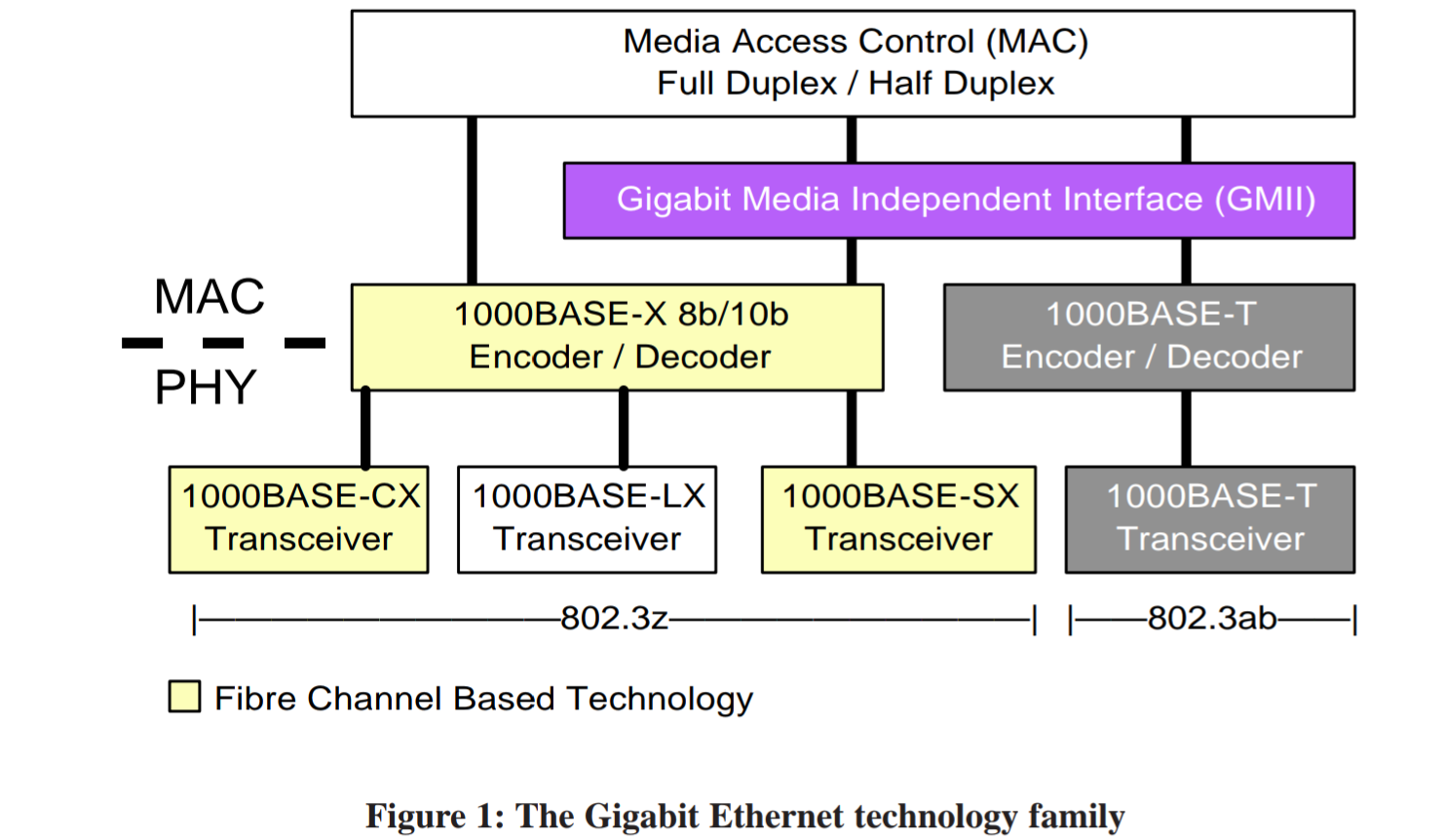Introduction
In the realm of network technology, the demand for faster and more reliable data transfer is ever-increasing. As desktop computing power grows and network applications become more time-sensitive, the need for a high-bandwidth Ethernet LAN becomes critical. Gigabit Ethernet (1000 Mb/s) has emerged as a solution to meet these growing needs, initially finding its place in high-speed backbones and specialized workgroups. However, as desktop speeds and LAN application demands increase, Gigabit Ethernet is now poised to become a standard for general applications, necessitating compatibility with the widely installed base of copper cabling, particularly Category 5 UTP (Unshielded Twisted Pair).
Table of Contents
The Case for a Copper Gigabit Ethernet Solution
One of the most compelling aspects of 1000BASE-T, the Gigabit Ethernet over copper solution, is its ability to utilize the extensive existing infrastructure of Category 5 cabling. This type of cabling is already widely deployed in network installations, making 1000BASE-T an attractive option for network administrators who want to upgrade to Gigabit speeds without the cost and complexity of installing new cabling systems.
1000BASE-T operates over four pairs of Category 5 cabling, extending from the work area to the equipment room, and even between equipment within the equipment room. This allows for connectivity to both high-bandwidth work area computing and server farms, offering a cost-effective solution for gigabit services. Additionally, when used in conjunction with Full Duplex Repeaters (FDRs), 1000BASE-T can provide an easy-to-manage, high-burst rate, shared-media solution capable of supporting end users and server farms alike.
1000BASE-T Overview
1000BASE-T delivers both half-duplex (CSMA/CD) and full-duplex Ethernet service over Category 5 links as defined by ANSI/TIA/EIA-568-A, with link lengths limited to 100 meters. One of the key benefits of 1000BASE-T is its use of the same Auto-Negotiation system as 100BASE-TX, simplifying the integration of Gigabit Ethernet into existing networks. Many 1000BASE-T devices are also expected to support dual-speed operation, allowing them to “fall back” to 100BASE-TX operation when necessary, offering a flexible upgrade path.
To ensure proper operation, cable plants should conform to current TIA/EIA-568-A requirements and be tested per ANSI/TIA/EIA-TSB-67 specifications, with additional parameters for FEXT (ELFEXT) loss and return loss.

Standards Development Process
Ethernet standards are developed and maintained by the 802.3 working group of the IEEE LAN-MAN Standards Committee. The 802.3ab task force, formed in the spring of 1997, is specifically responsible for developing the 1000BASE-T standard. This task force’s focus is on standardizing a Gigabit Ethernet link of up to 100 meters over four pairs of Category 5 UTP cabling. The 802.3ab task force leverages Digital Signal Processing (DSP) technology to address the complex signaling issues involved in running 1000 Mb/s over standard Category 5 wiring.
The 1000BASE-T standard was approved in the second half of 1998, following the successful completion of conformance and interoperability testing by the Gigabit Ethernet Consortium (GEC) and other industry partners.
Technical Foundations of 1000BASE-T

The Cabling Issue
Transmitting a 1000 Mb/s data stream over four pairs of Category 5 twisted pair cables presents several challenges, including signal attenuation, echo, return loss, and crosstalk. These challenges arise due to the characteristics of the cables, as well as electromagnetic emissions and susceptibility.
- Attenuation: Signal loss from the transmitter to the receiver increases with frequency, requiring designers to use the lowest possible frequency range that is consistent with the required data rate.
- Echo: A by-product of dual-duplex operation where both the transmit and receive signals occupy the same wire pair, producing unwanted residual transmit signals known as echo.
- Crosstalk: Unwanted signals coupled between adjacent wire pairs, with 1000BASE-T using all four wire pairs, making crosstalk a significant concern.
Additional specifications for FEXT (ELFEXT) loss and return loss have been developed to better characterize the installed base of Category 5 cabling. Ensuring that transmission systems can withstand external electromagnetic energy, such as from AM or CB radio, is also critical to maintaining signal integrity.

The Design Approach
To meet the challenges posed by Category 5 cabling, 1000BASE-T employs several advanced digital communications techniques:
- PAM-5 Coding: This increases the amount of information sent with each symbol, reducing the required signal bandwidth.
- 4D 8-State Trellis Forward Error Correction Coding: Helps offset the impact of noise and crosstalk, ensuring reliable symbol recovery.
- Pulse Shaping: Used to condition the transmitted spectrum, improving signal-to-noise ratio and aiding in meeting emission specifications.
- DSP Signal Equalization: Advanced signal equalization techniques, such as Decision-Feedback Equalization (DFE), help manage noise and crosstalk, ensuring a low bit error rate.
These techniques allow 1000BASE-T to transform a high bit rate into an acceptable baud rate for operation over four pairs of Category 5 cabling, enabling reliable Gigabit Ethernet transmission in environments that were previously limited to lower speeds.

Conclusion
1000BASE-T represents a significant advancement in Ethernet technology, offering a cost-effective and practical solution for upgrading existing networks to Gigabit speeds. By leveraging the extensive installed base of Category 5 cabling, 1000BASE-T allows for a smooth transition to higher bandwidths without the need for costly infrastructure upgrades. With the development of robust standards and the incorporation of advanced digital signal processing techniques, 1000BASE-T is poised to become a cornerstone of future network infrastructure, supporting the ever-growing demand for faster and more reliable data transfer.

